Battle for Iraq and Syria in maps
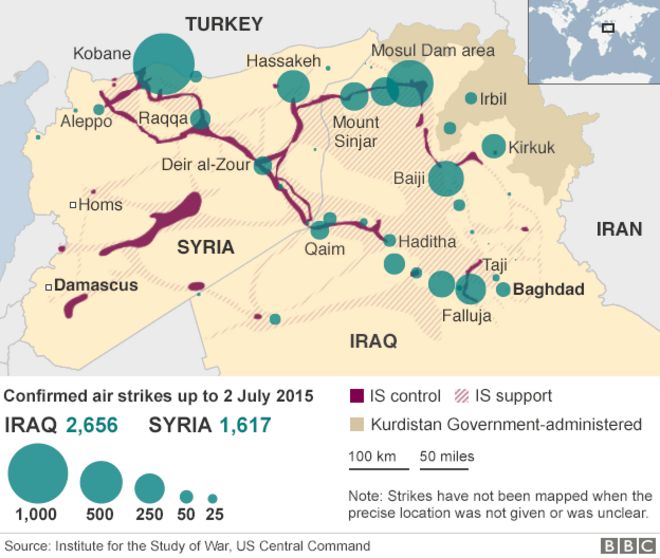
The rapid advance across Syria and Iraq by militant fighters from Islamic State (IS) in 2014 threw the region into chaos and led to US air strikes against their key positions.
The jihadist group, which has fighters from across the world, announced the establishment of a "caliphate" - an Islamic state - stretching from Aleppo in Syria to the province of Diyala in Iraq.The US went on to assemble a coalition to fight the militants, which has launched more than 2,600 air strikes against IS targets in Iraq since the campaign began on 8 August 2014. The UK launched its first air strikes on 30 September 2014.
In neighbouring Syria, the US, along with Bahrain, Jordan, Qatar, Saudi Arabia and the United Arab Emirates, has also carried out more than 1,600 attacks on IS-held areas since 23 September 2014.
US President Barack Obama has warned his coalition allies they are facing a "long-term campaign".
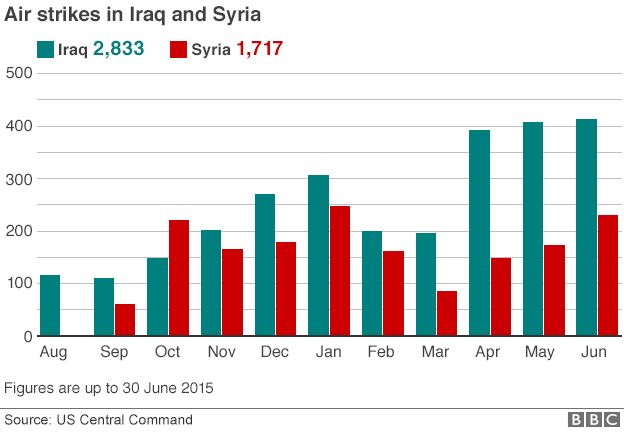
Which countries are carrying out air strikes?
To date, the US has undertaken nearly all of the airstrikes in Syria.In Iraq, other countries have played more of a role - but their contributions are still dwarfed by that of the US.
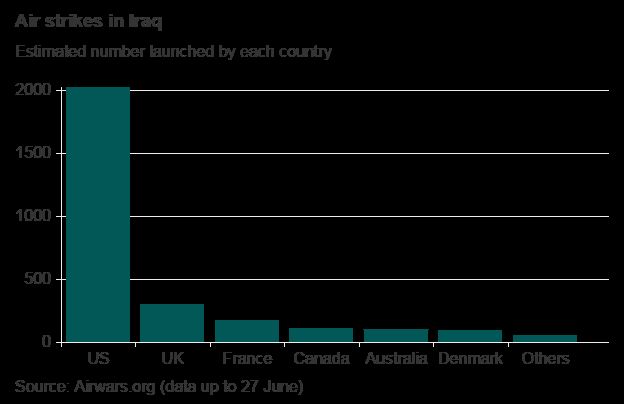
Militants from abroad
The US Central Intelligence Agency believes IS may have up to 31,000 fighters in the region, many of whom are foreign recruits.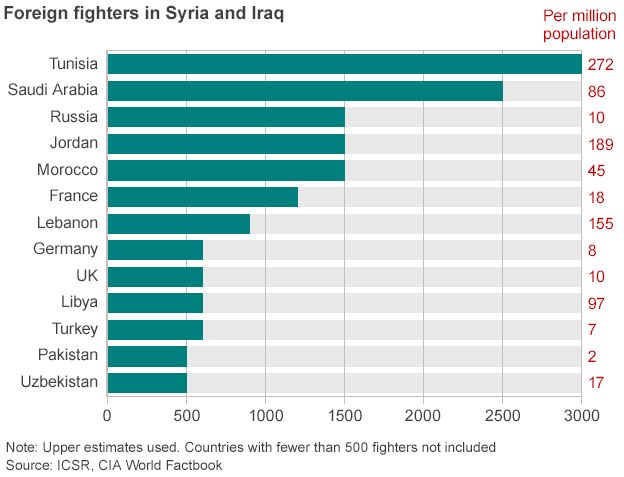
The figures suggest that while about a quarter of the foreign fighters are from the West, the majority are from nearby Arab countries, such as Tunisia, Saudi Arabia and Jordan and Morocco.
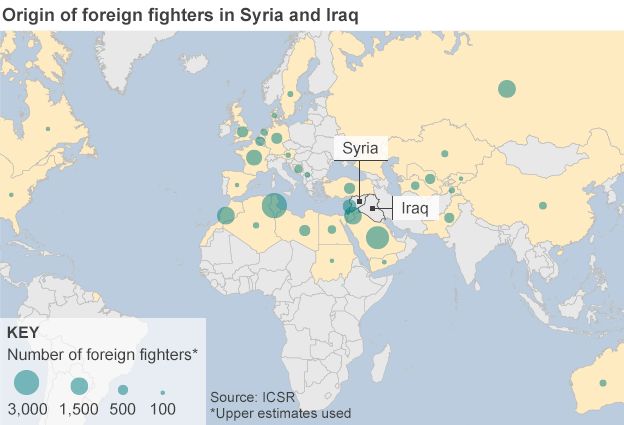
Battlegrounds
The latest key battleground is around the Iraqi city of Ramadi, in Anbar province, which IS seized in mid May.Iran-backed Shia militias have been ordered to recapture the city, which lies only 70 miles (112km) west of the capital, Baghdad.
But a month after the city fell, the US announced it was sending 450 more troops to a base in Anbar province to advise the Iraqis on how to retake Ramadi.
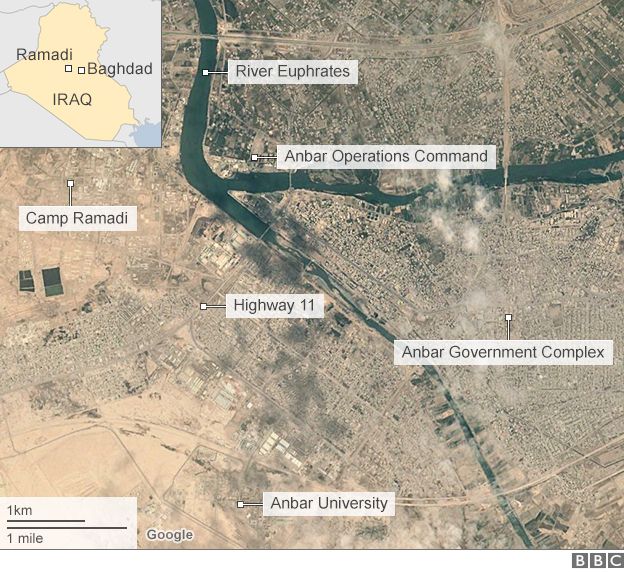
The Shia militias were key to the recapture from IS of another city, Tikrit, in April after it had been held for more than eight months.
The Iraqi government declared a "magnificent victory" over Islamic State militants after a month-long operation.
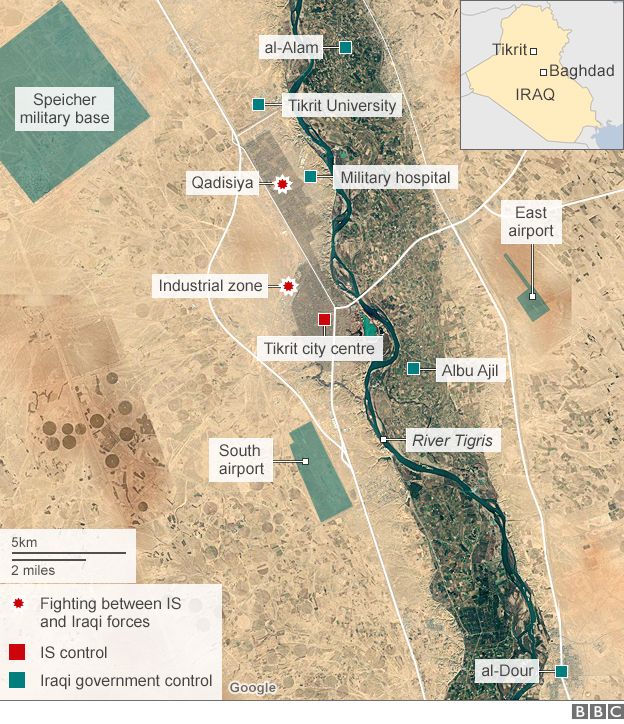
Thousands of residents were forced into Turkey to flee the fighting, while coalition airstrikes targeted the advancing Islamic State fighters.
After months of fighting, in which about 1,600 people died, US Central Command announced in January 2015 that Kurdish forces controlled 90% of the town.
In June 2015, the Kurdish fighters known as the People's Protection Units (YPG) announced they had seized control of Tal Abyad, a border town to the east, from IS. The move is seen as key to securing the main road south to IS's headquarters in Raqqa.
It also extends the gains by the YPG across the north of the country.
Strategic importance of Kobane
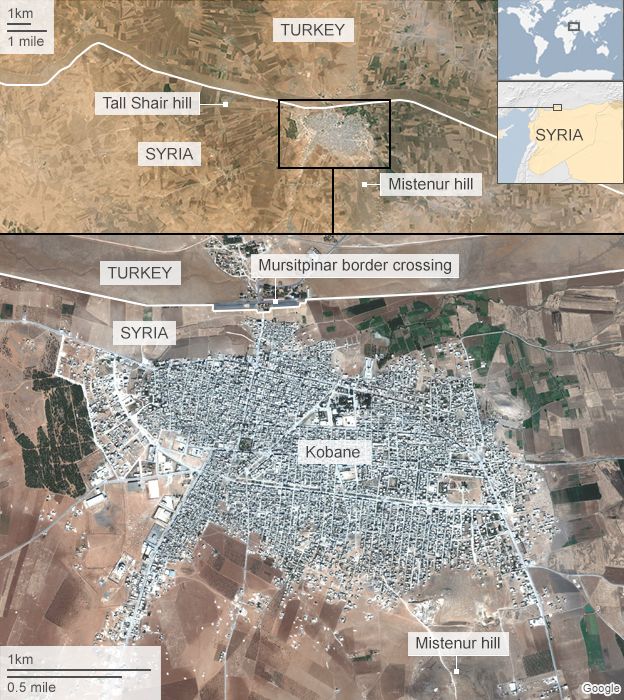
Iraq's key dams
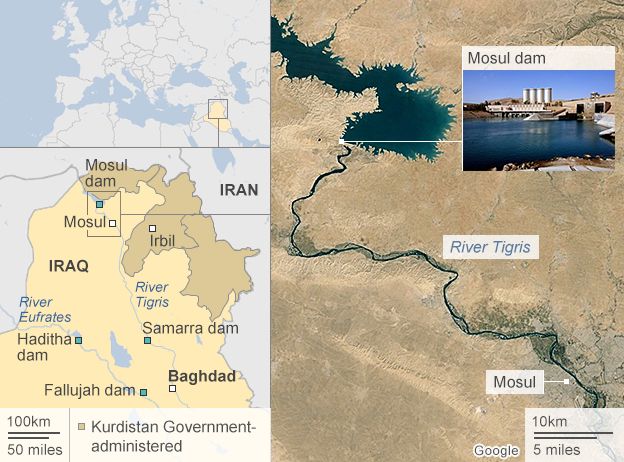
In the course of its offensives in Iraq and Syria in June 2014, IS gained control of much of the oil infrastructure.
These refineries and the fields supplying them with oil have played a vital role in fuelling IS military units and in generating revenue for the group.
The coalition has targeted these locations in an attempt to damage IS capabilities.
Oil infrastructure across Syria and Iraq
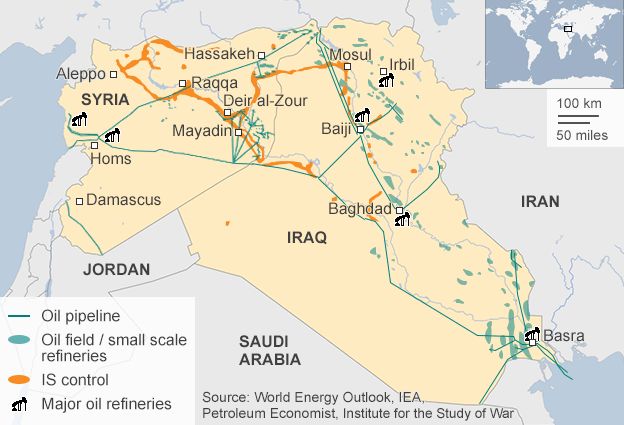
Refugees
Almost four million people have fled abroad to escape the fighting in Syria. Most have gone to Lebanon and Turkey - but a significant number have also gone to Iraq.Syrian refugees have put pressure on local services and infrastructure in Iraq - which is also having to cope with the return of many Iraqi refugees from Syria.
In addition, the UN estimates there are more than 2m Iraqis who have been forced to leave their homes to escape the conflict and are displaced within the country or elsewhere.
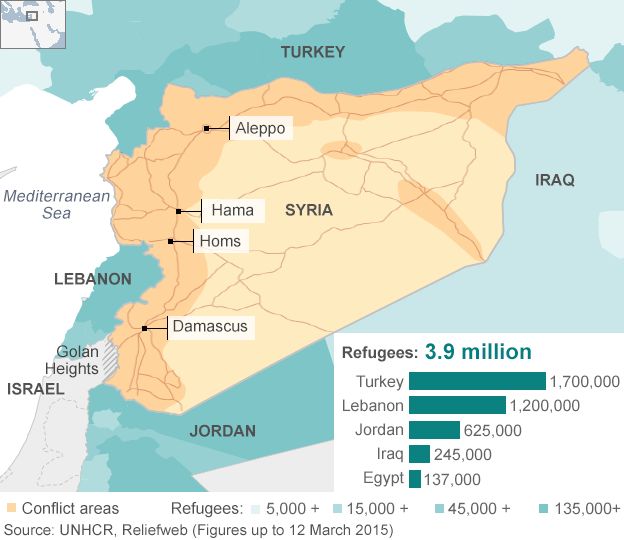


0 Comments:
Post a Comment
Subscribe to Post Comments [Atom]
<< Home